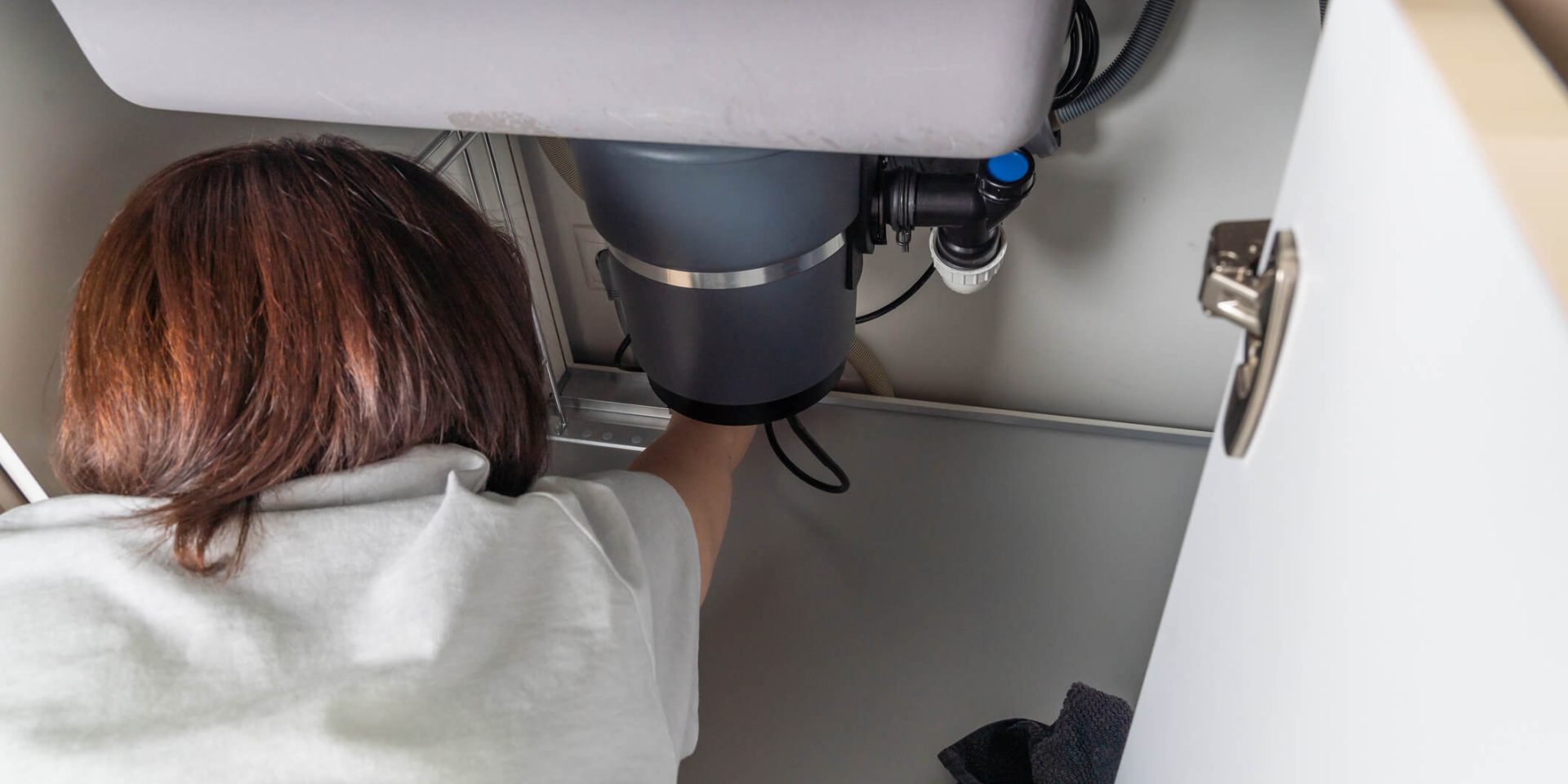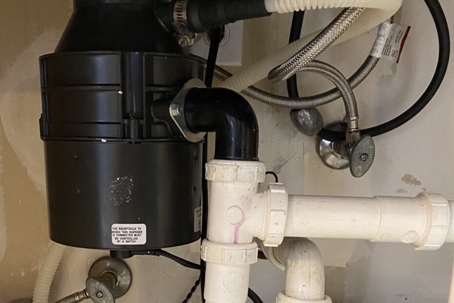How do you feel on the subject of How to fix a pretty consistent leak from my garbage disposal?

Waste disposal unit are important cooking area home appliances that aid in dealing with food waste successfully. However, a leaking waste disposal unit can be a discouraging and messy trouble to manage. Luckily, numerous leaks can be repaired conveniently with a few straightforward steps. In this short article, we will talk about just how to repair a dripping garbage disposal successfully.
Introduction
Garbage disposals are set up under cooking area sinks and are created to shred food waste into smaller sized items, permitting it to pass through the pipes system quickly. While these tools are normally reputable, leaks can occur over time because of deterioration, loose links, or damages to the system.
Step-by-Step Guide to Dealing With a Leaking Waste Disposal Unit
Turn Off the Power
Prior to trying any kind of repairs, make sure that the power to the waste disposal unit unit is shut off to prevent the danger of electrical shock.
Locate the Leak
Identify the specific area of the leakage and determine the reason
Tighten Links
Utilize a wrench to tighten any type of loosened connections in between the disposal unit and the plumbing system.
Change Seals or Gaskets
If the leakage is due to worn seals or gaskets, get rid of the old components and replace them with brand-new ones.
Patching Fractures or Holes
For fractures or holes in the disposal unit, use epoxy or an ideal patching product to secure the broken location.
Identifying the Resource of the Leak
Before trying to repair a leaking garbage disposal, it is vital to identify the source of the leak. This can usually be done through visual assessment or by carrying out easy examinations.
Visual Assessment
Inspect the garbage disposal unit thoroughly for any type of indications of water leakage. Pay close attention to locations around seals, gaskets, and connection points.
Examining for Leakages
One way to examine for leakages is by running water through the disposal unit and looking for any kind of noticeable signs of leak.
Common Root Causes Of Leakages in Waste Disposals
Worn Seals and Gaskets
Seals and gaskets play an essential role in stopping water from leaking out of the garbage disposal. Gradually, these elements can weaken, resulting in leaks around the disposal device.
Loose Connections
The links between the waste disposal unit and the plumbing system can become loose over time, creating water to leak out during operation.
Splits or Holes in the Disposal Device
Physical damage to the waste disposal unit, such as cracks or openings in the real estate, can additionally cause leakages.
Devices and Materials Needed for Repairing a Dripping Garbage Disposal
Before starting the repair service process, gather the essential tools and materials, including a screwdriver, adjustable wrench, plumber's putty, replacement seals or gaskets, and epoxy or patching material for repairing fractures or holes.
Testing the Garbage Disposal After Repair Work
As soon as the repair is full, check the garbage disposal by running water via it to make sure that the leak has been solved.
Preventive Upkeep Tips to Prevent Future Leakages
To stop future leaks, it is vital to carry out normal upkeep on your garbage disposal. This includes maintaining it tidy, avoiding putting non-food products or tough items down the disposal, and periodically checking for leaks or other issues.
Verdict
In conclusion, taking care of a leaking garbage disposal is a relatively straightforward procedure that can be finished with fundamental devices and products. By complying with the actions detailed in this short article and practicing precautionary upkeep, you can keep your garbage disposal in good working problem and prevent expensive repair work in the future.
HERE’S HOW TO FIX YOUR GARBAGE DISPOSAL
WHAT TO DO IF SOMETHING IS STUCK IN YOUR GARBAGE DISPOSAL
If the impeller won’t turn, there’s probably something stuck in the disposal. It could be a steak bone or peach pit, although plumbers report pulling all sorts of inappropriate objects out of disposals, such as bottle caps or aluminum foil. Make sure power to the disposal is off, and look inside to see if you can see the source of the jam.
Never stick your fingers in a disposal. Pull out anything you see with tongs or pliers.
If the disposal still won’t work, it may be time to call a plumber or consider buying a new disposal. GEM Plumbing & Heating is here for all of your garbage disposal needs.
WHAT TO DO IF YOUR GARBAGE DISPOSAL DRAIN IS CLOGGED
Take everything out from underneath your sink and put a bucket or other container under your disposal to catch any water that drains out. Disconnect your disposal from the power supply. If it’s plugged into a wall outlet, unplug it. If it’s hardwired into an electrical box, go to the electrical panel and turn off the breaker for the disposal. Pour ¼ cup of baking soda into the drain, followed by ½ cup of white vinegar. Give the solution a few minutes to fizz and do its work. Look into the disposal with a flashlight to see if you can see an object that might be causing the clog. If you see it, remove it using tongs or pliers. MORE TIPS ON DEALING WITH A CLOGGED GARBAGE DISPOSAL
Never use drain cleaner in a garbage disposal. It can damage the plastic parts inside the disposal. You can also be splashed with the caustic liquid while working to clear the clog. Beware! Never stick your fingers into a garbage disposal. Trust us — not a good idea. In many instances, your dishwasher drains through your garbage disposal. This allows the disposal to grind any large food particles that may be drained out of your dishwasher. There are some jurisdictions, however, where the plumbing code prohibits such a connection. WHAT TO DO WHEN YOUR DISHWASHER DRAINS THROUGH THE DISPOSAL
Run some water in the sink so your plunger has at least a ½-inch of water to create a seal and plunge vigorously up and down several times. You may need to repeat this several times. Run hot water down the drain to clear any residue that remains.

We had been shown that article about Why Is from a good friend on our other web blog. Loved our blog posting? Please share it. Let another person discover it. Thanks so much for going through it.
Request An Appointment